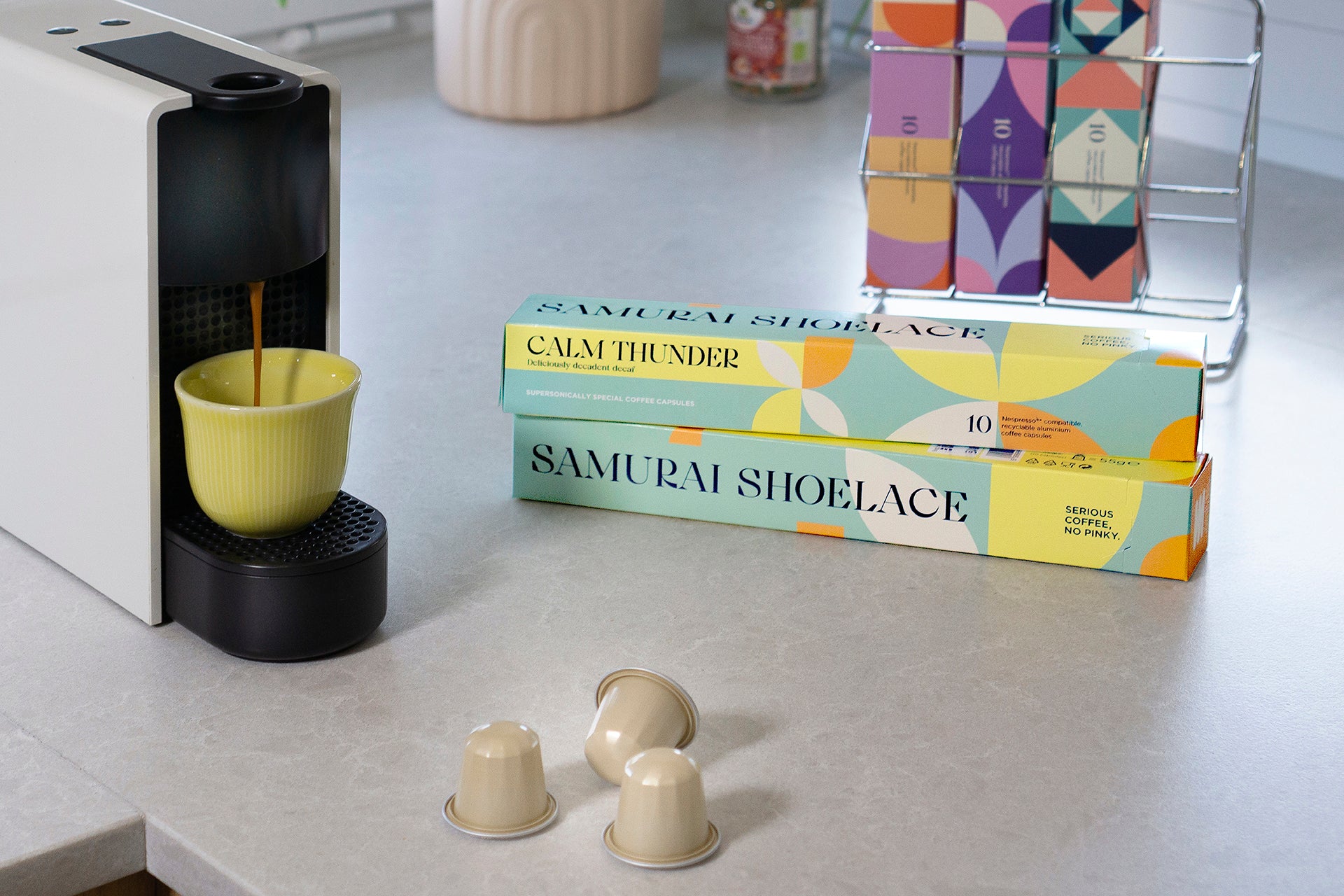Many people think that decaffeinated coffee is like vegan barbecue chicken. They understand it exists, but they wouldn't drink it. However, decaffeinated coffee can be good too!
Let's start at the beginning: caffeine is actually a neurotoxin that the plant produces in order to prevent bugs from eating it (fortunately, it has a good effect on humans in small amounts, but we also feel it in larger doses). The lower the coffee growing area is above sea level, the more caffeine it contains, since there are also more beetles, the plant has to do everything to survive.
The type of coffee also plays a role, the caffeine content of robusta types is significantly higher than that of arabica varieties. This is why the high-altitude Arabicas used in Steamhouse have a much lower caffeine content than a mass-produced robusta from a lowland. However, even so, approx. There is 40-80 mg of caffeine per drink, and many people would drink our coffee just for the taste (that's understandable...) or just avoid the other effects of caffeine.
did you know There are three ways to decaffeinate coffee:
- chemical steaming used in large-scale "mass" coffees
(this is the simplest and cheapest solution, but also gives the worst result) - the "Swiss Water" solution. This is time consuming and requires a lot of water
- discharge with liquid CO2 at high pressure, in metal tanks,
(this is the most expensive and most complicated solution, this is how our coffee was made!)
Our new decaffeinated coffee comes from the Cajamarca region of Peru and has been decaffeinated using a chemical-free, CO 2 process.
But how does this procedure work?
During carbon dioxide decaffeination of coffee, cleaned green (ie not yet roasted) coffee beans are soaked in water and then placed in a pressure chamber. Extremely high pressure (up to 100-300 BAR) and a temperature of nearly 100°C, known as supercritical carbon dioxide, are then pumped into the chamber. Supercritical carbon dioxide is an excellent solvent and during the 5-7 hour soaking a
dissolves up to 99% of caffeine from coffee beans. Once the decaffeination has taken place, the coffee is dried, roasted and packaged.
And best of all, carbon dioxide decaffeination is not only chemical-free, but also sustainable. The carbon dioxide containing the caffeine molecules is purified: when mixed with water, the caffeine dissolves from the CO 2 and can thus be used again to decaffeinate the next batch of coffee. The remaining caffeinated water is used in the production of other products (such as soft drinks, medicines, etc.).
The taste of coffee decaffeinated by the CO2 method is almost indistinguishable from "caffeinated" coffee. Since the coffee has not been in contact with chemicals, its taste has not changed, it provides the same experience. However, it is important to note that there is no such thing as 100% decaffeination, and very little caffeine may still remain in each dose.
